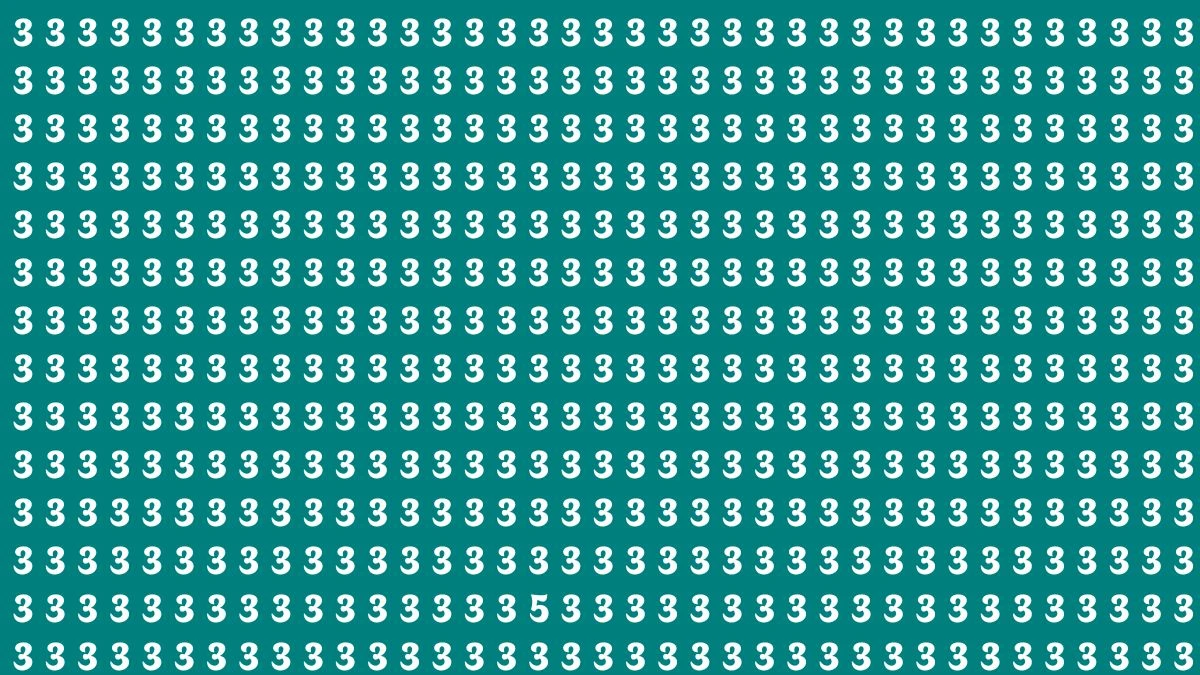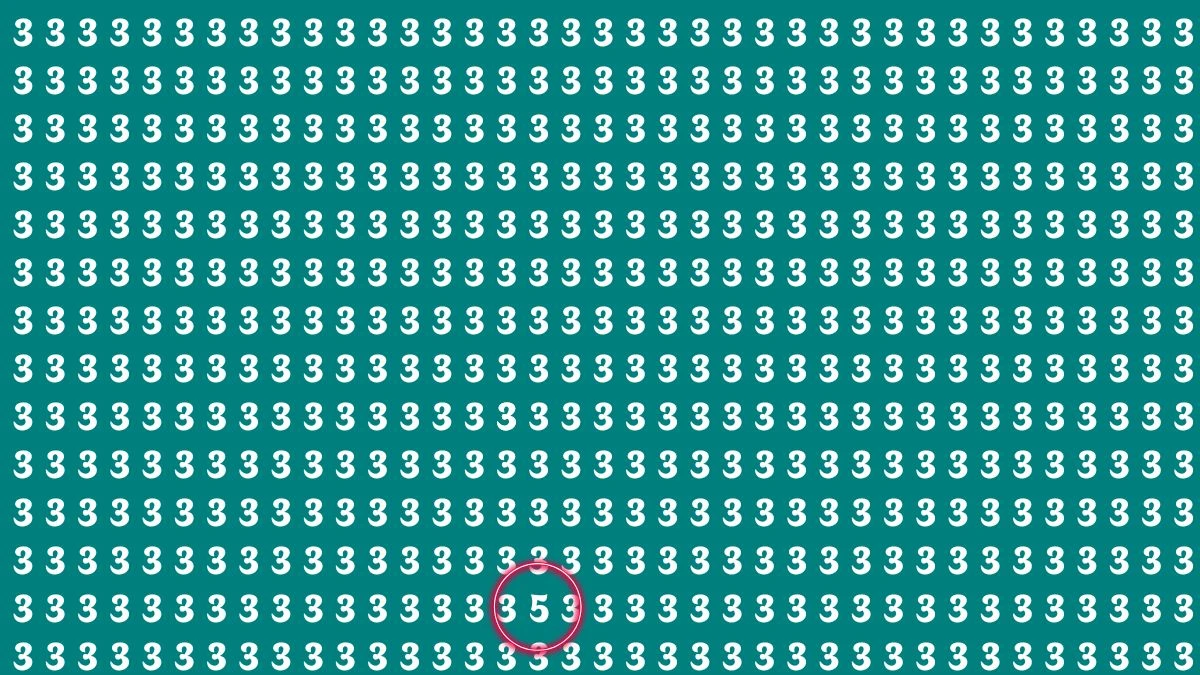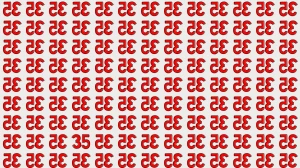Optical Illusion
An optical illusion is a visually perceived image that differs from reality, tricking the brain into seeing something that isn't actually there or misinterpreting what is seen.
These illusions occur because of how the brain processes visual information, often relying on context, contrast, color, light, and patterns to make sense of an image.
For instance, some illusions make still images appear to move, while others may cause objects to seem larger, smaller, distorted, or even hidden.
Optical illusions highlight the complex and sometimes surprising ways our brains interpret the world around us, revealing that what we see isn't always a direct reflection of reality.
Optical Illusion IQ Test: Are You A Genius? Within 6 Seconds Spot The Number 5 among 3
This optical illusion is a type of visual puzzle designed to challenge your observation skills and attention to detail. At first glance, the image appears to be a uniform grid of the number 3 repeated across the entire space. However, hidden subtly among them is a single number 5.
The task is to find the number 5 within 6 seconds, making it both a test of your visual sharpness and your brain's processing speed. This challenge works as an optical illusion because the number 5 closely resembles the number 3, especially when placed in a consistent and repetitive pattern.
Our brain tends to group similar shapes together, which can make it hard to spot small differences. Such puzzles are not only fun but also help improve concentration and cognitive skills. If you manage to find the 5 quickly, it suggests you have a keen eye and possibly a high visual IQ!

Optical Illusion IQ Test: Are You A Genius? Within 6 Seconds Spot The Number 5 among 3 - Solution
The solution to this optical illusion lies in carefully scanning the pattern of number 3s to spot the cleverly hidden number 5. At first glance, the image appears to be filled entirely with the number 3, repeated in neat rows and columns.
However, upon closer inspection—and ideally within the 6-second challenge—you'll notice a slight variation in shape and curve that gives away the number 5. It is located toward the bottom of the image, circled for clarity.
The similarity in shape between the digits 3 and 5 makes it easy for the brain to overlook the difference, especially when overwhelmed by repetition.
This illusion plays on our visual perception and cognitive expectations, testing how quickly and accurately we can detect subtle discrepancies. Spotting the 5 in time shows strong pattern recognition and mental sharpness.






